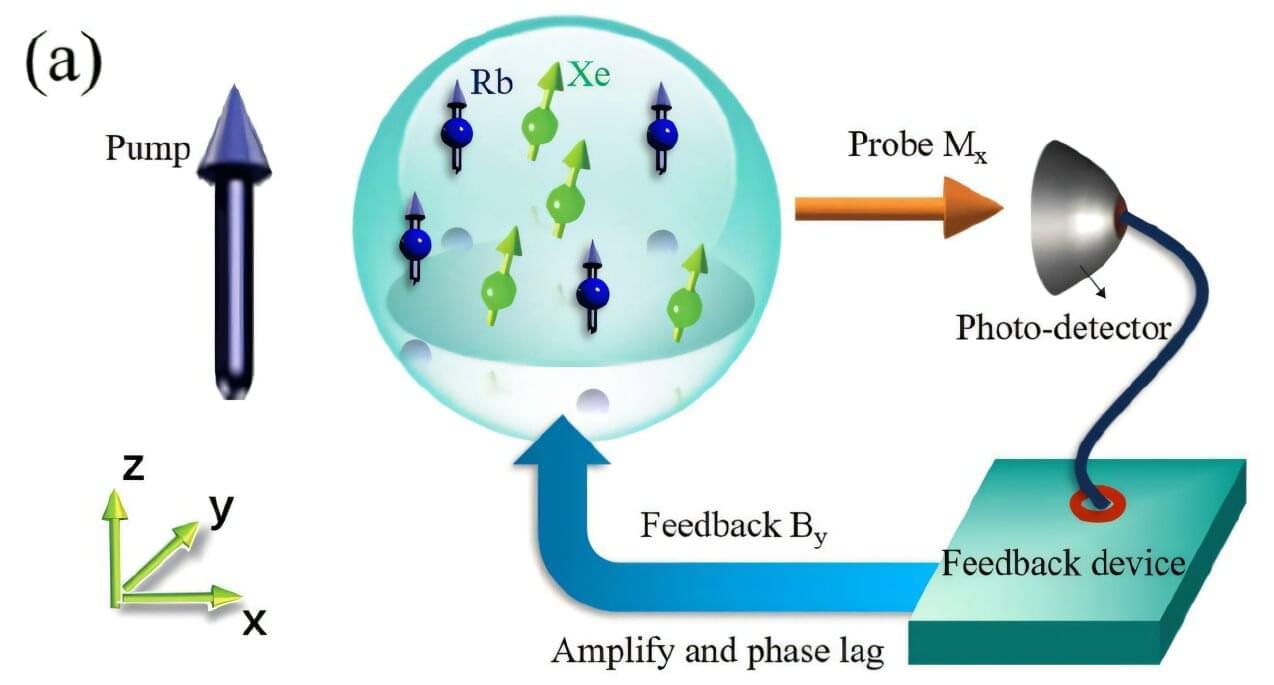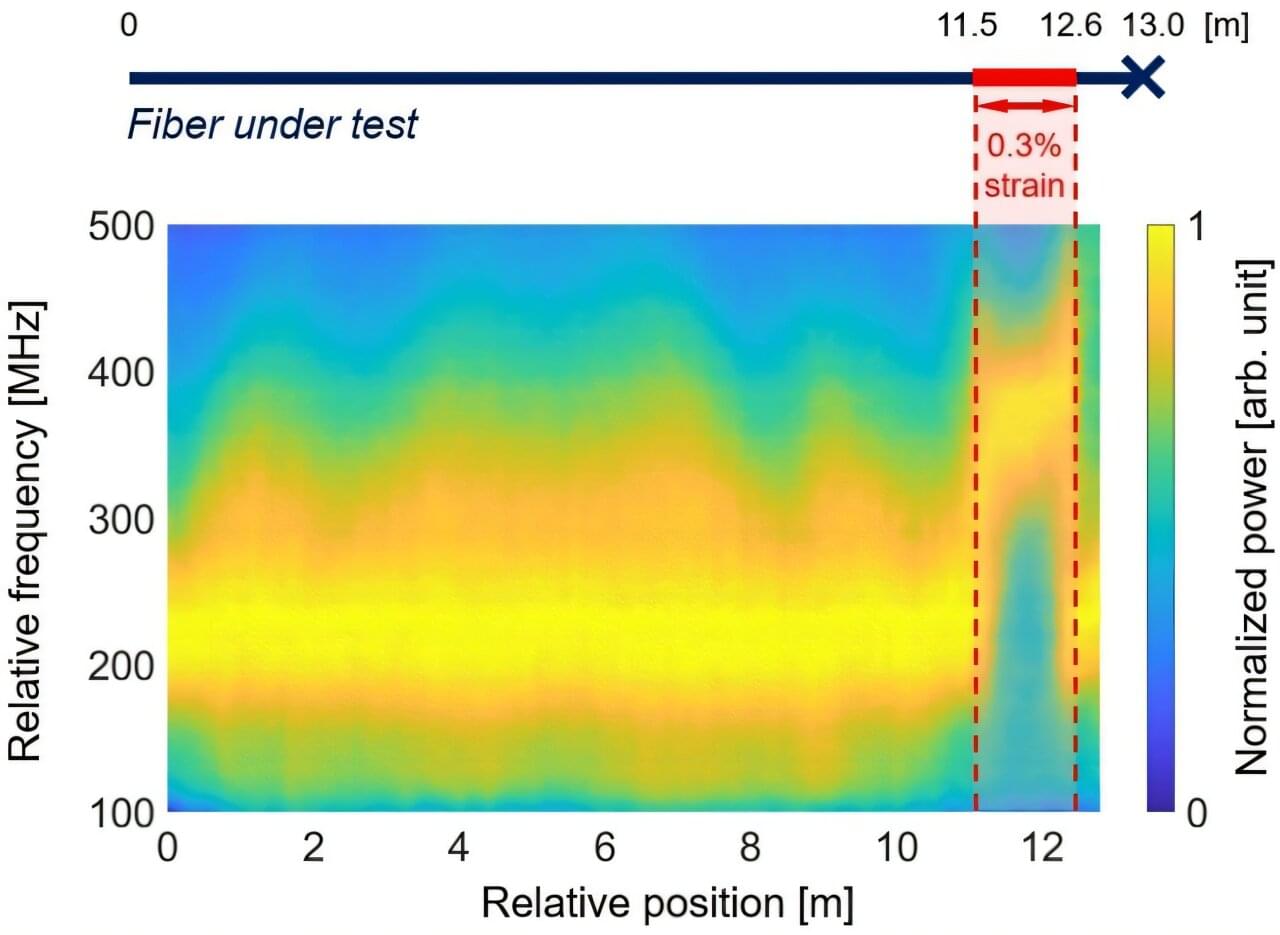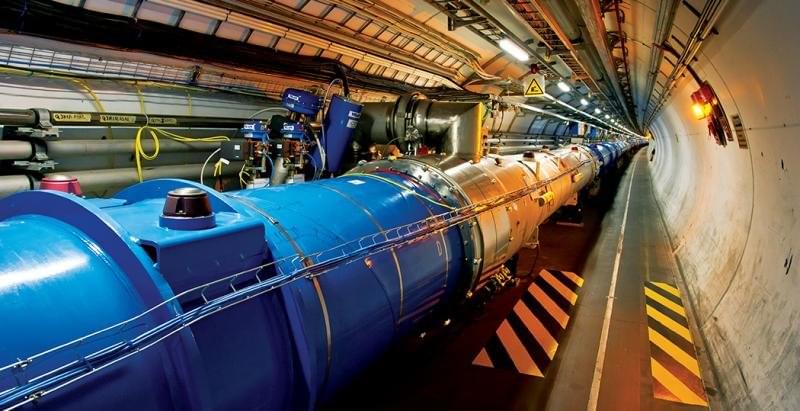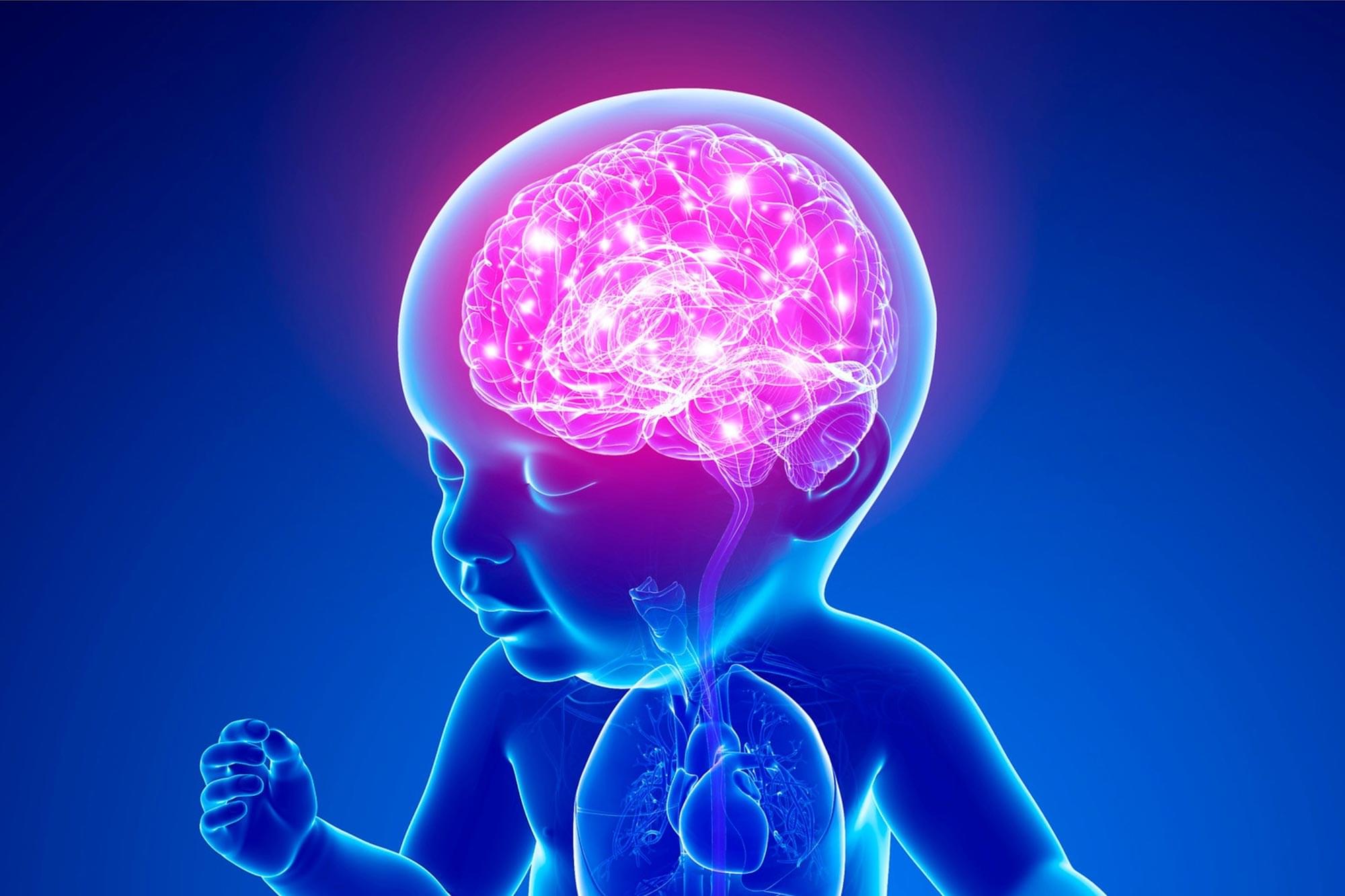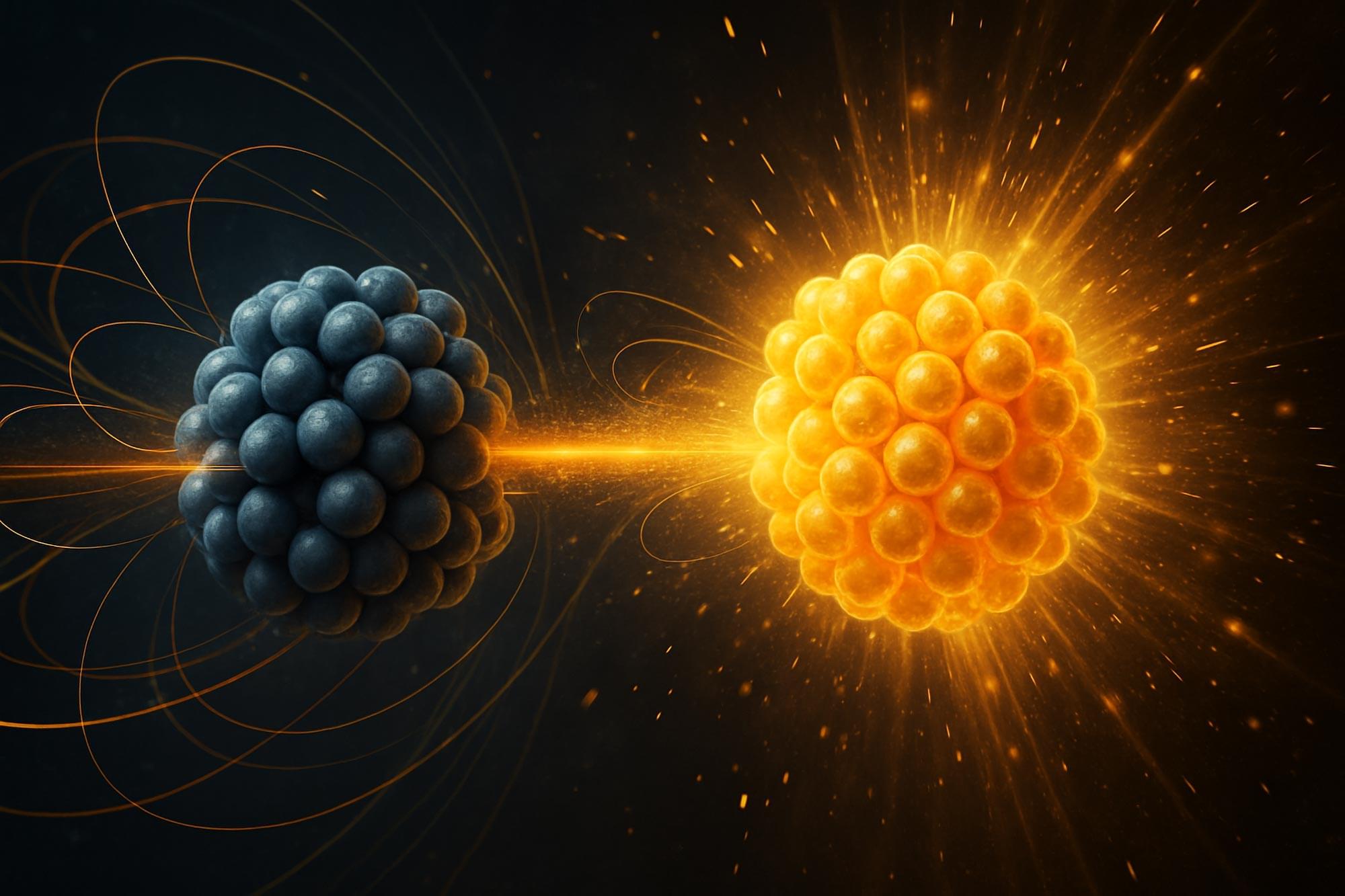Butterflies’ flight trajectories often appear random or chaotic, and compared with other hovering insects, their bodies follow seemingly mysterious, jagged, jerking motions.
These unique hovering patterns, however, can potentially provide critical design insights for developing micro-aerial vehicles (MAVs) with flapping wings. To help achieve these applications, researchers from Beihang University studied how butterflies use aerodynamic force generation to achieve hovering. They discuss their findings in Physics of Fluids.
“Hovering serves as an essential survival mechanism for critical behaviors, including flower visitation and predator evasion,” said author Yanlai Zhang. “Elucidating its aerodynamic mechanisms provides fundamental insights into the evolutionary adaptations of butterflies’ flight kinematics.”


